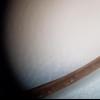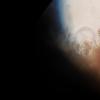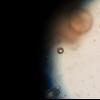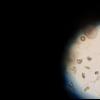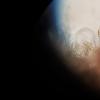
19-04-2021 10:25
Karl Soler KinnerbäckHi!Could this be a species of Cryptadelphia or Tri

19-04-2021 08:49
Camille MertensHi everyboby.Doe's somebody could provide some art

18-04-2021 11:49
 Bruno Coué
Bruno Coué
Bonjour,Rien trouvé de satisfaisant après recher

16-04-2021 08:53
Pierre-Yves JulienBonjour à tous, 1er post pour moi sur ce forum.R�

17-04-2021 11:45
Karl Soler KinnerbäckHi!Could this be a Nigrograna? I first thought it
Pestalotiopsis
Ismael Wind,
19-04-2021 10:27
Bernard Declercq,
19-04-2021 11:42

Re : Pestalotiopsis
Dag Ismael, Hi Ismael,
Ps. cryptomeriae has conidia 15-17x5-7 µm. So to be excluded.
Ps. funerea occurs on living and dead leaves of coniferous trees and seems to fit here assuming only one basal appendage present and 3 (or more) apical appendages slightly shorter than the conidium length.
Groeten - Regards,
Bernard
Ps. cryptomeriae has conidia 15-17x5-7 µm. So to be excluded.
Ps. funerea occurs on living and dead leaves of coniferous trees and seems to fit here assuming only one basal appendage present and 3 (or more) apical appendages slightly shorter than the conidium length.
Groeten - Regards,
Bernard


